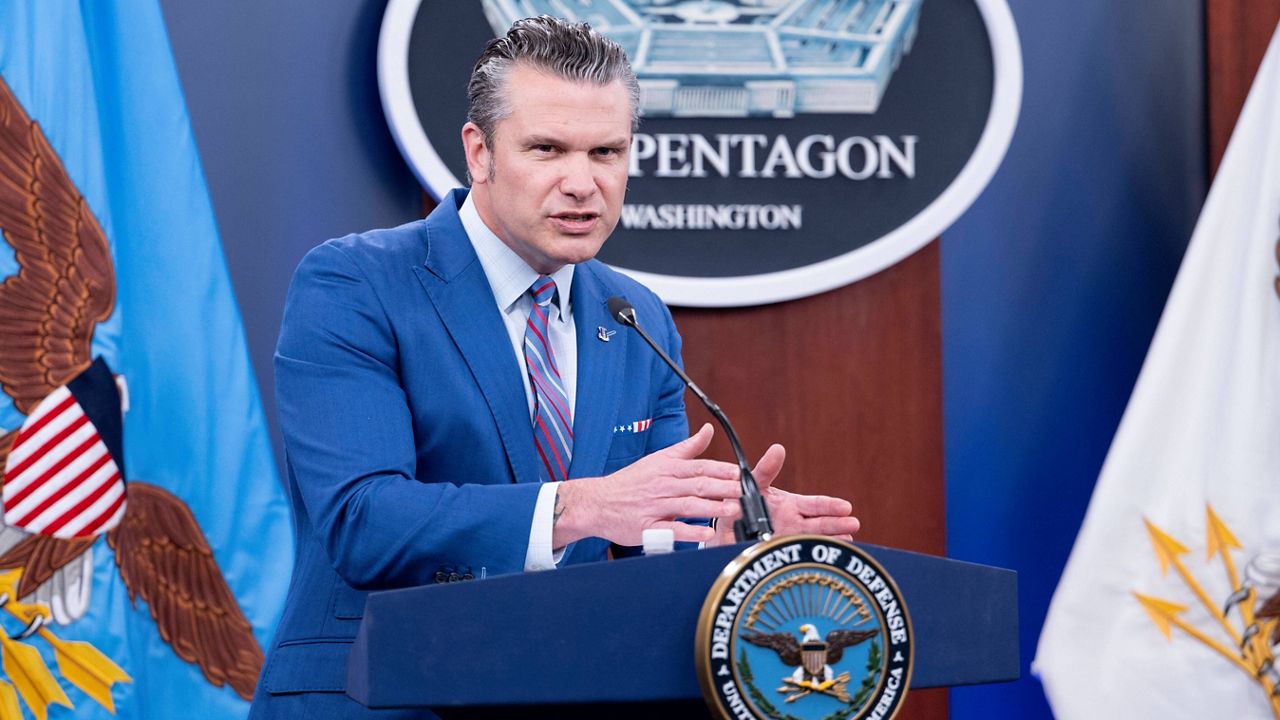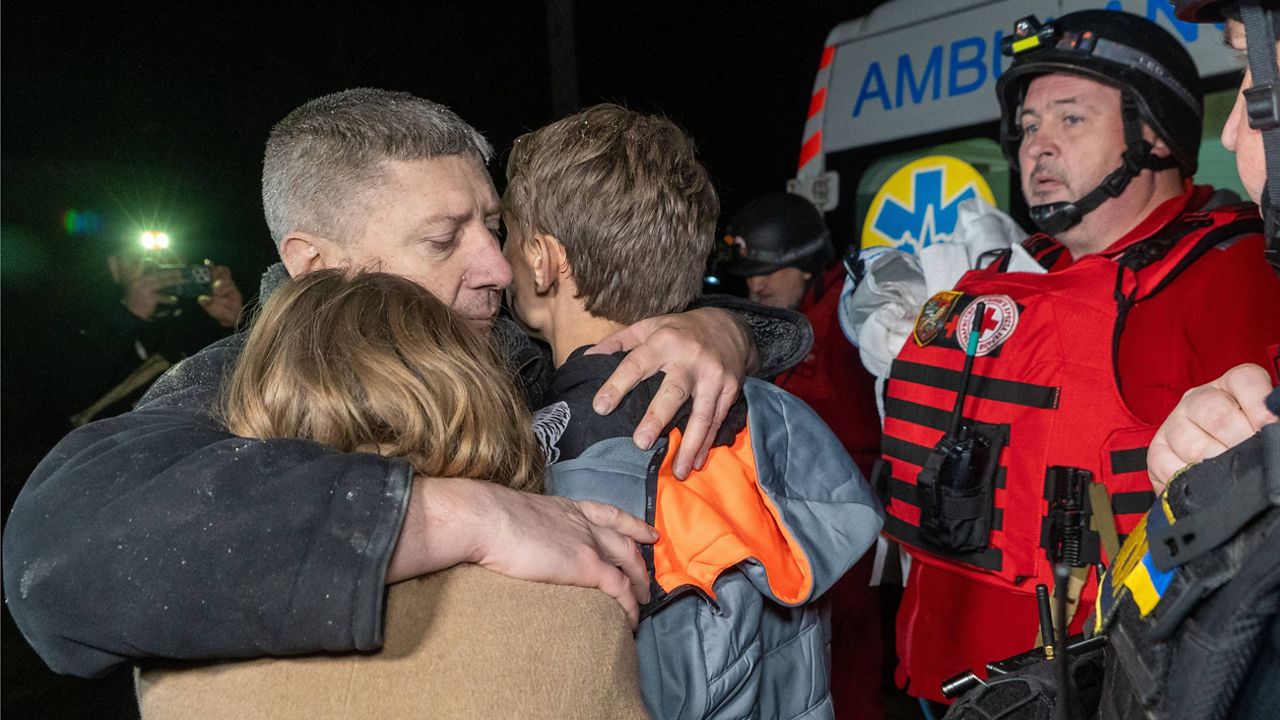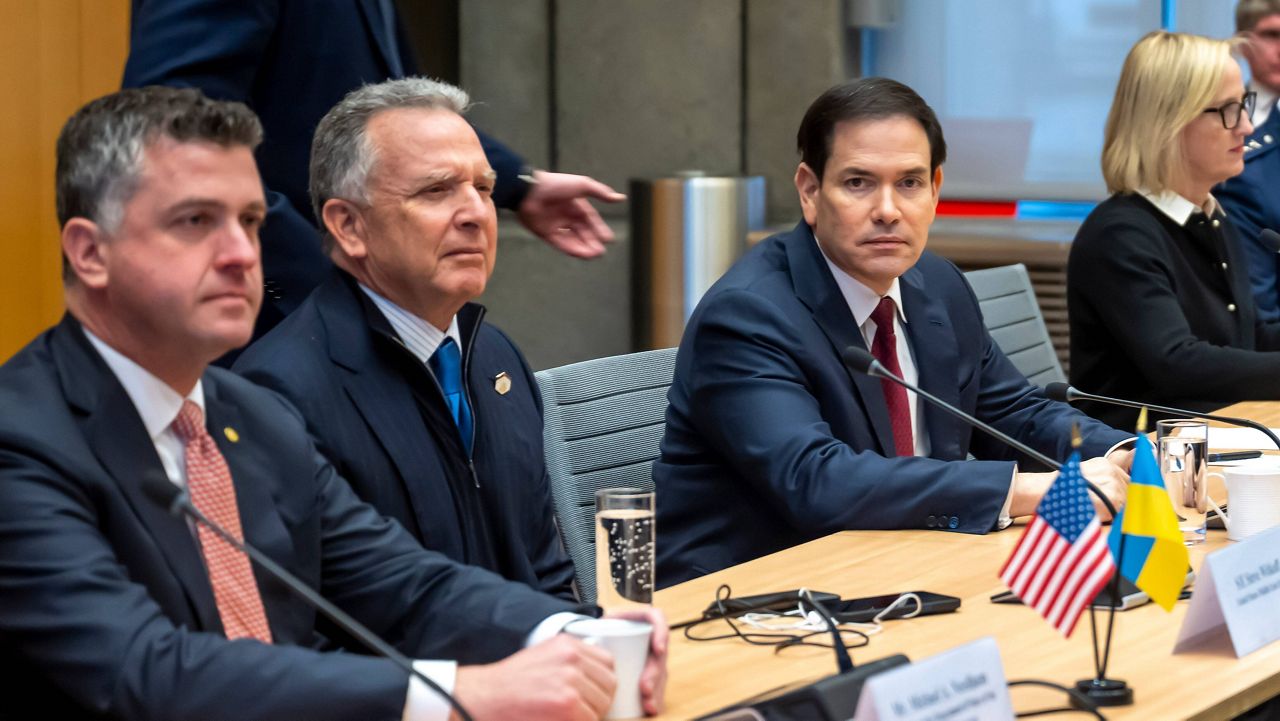WASHINGTON — The Pentagon’s top leaders doubled down Thursday on how destructive the U.S. attacks had been on Iran’s nuclear facilities and described in detail the study and planning behind the bombing mission.
In a rare Pentagon news briefing, Defense Secretary Pete Hegseth and Gen. Dan Caine, chairman of the Joint Chiefs of Staff, worked to shift the debate from whether the nuclear targets were “obliterated,” as President Donald Trump has said, to what they portrayed as the heroism of the strikes as well as the extensive research and preparation that went into carrying them out.
“You want to call it destroyed, you want to call it defeated, you want to call it obliterated — choose your word. This was an historically successful attack,” Hegseth said in an often combative session with the media.
He said once more an early assessment from the Defense Intelligence Agency, a part of the Defense Department, was preliminary and that the report acknowledged there was low confidence and gaps in information. Hegseth scolded reporters for “breathlessly” focusing on that intelligence assessment and said such stories were just attempts to undermine the Republican president.
That intelligence report said that while the U.S. strikes on three Iranian nuclear facilities did significant damage, the sites were not totally destroyed and that Tehran’s program was only set back by a few months.
U.S. stealth bombers dropped 12 deep penetrator bombs on Iran’s Fordo uranium enrichment site and two on Natanz, a U.S. official told The Associated Press. The official spoke on the condition of anonymity to discuss military operations.
Despite the sheer tonnage of weaponry used on Fordo, the DIA report said the sites were not totally destroyed.
At the briefing, Caine described the 15 years of study by two Defense Threat Reduction Agency officers to create a bomb that could penetrate the Fordo nuclear facility being built deep underground by Iran.
Over time, he said, the department had many people with Ph.D.s working on the program, “doing modeling and simulation that we were quietly and in a secret way the biggest users of supercomputer hours within the United States of America.”
The pilots of the bombers involved in the weekend strikes described the flash after the bomb drop as “the brightest explosion they had ever seen,” Caine said.
At the briefing, Hegseth responded to some questions by personally attacking the reporter or the press as a whole.
Asked repeatedly whether any of the nuclear material was moved out of the Iranian facilities, Hegseth acknowledged that the Pentagon was “looking at all aspects of intelligence and making sure we have a sense of what was where.
“I’m not aware of any intelligence that says things were not where they were supposed to be” or that they were moved, Hegseth said.


